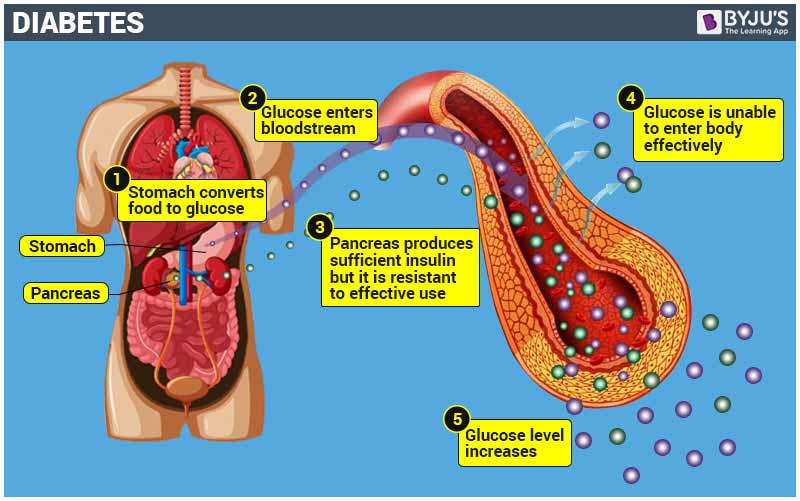A nurse is preparing to administer 1 mg vitamin K to a newborn. The medication is available in 1 mg/0.5 mL. How much should the nurse administer?
(Round to the nearest tenth. Use a leading zero when applicable. Do not use a trailing zero.)
The Correct Answer is ["0.5"]
Step 1: Determine the dosage required. Required dosage = 1 mg
Step 2: Determine the concentration of the available solution. Available concentration = 1 mg/0.5 mL
Step 3: Calculate the volume to be administered. Volume to be administered = Required dosage ÷ Available concentration Volume to be administered = 1 mg ÷ (1 mg ÷ 0.5 mL)
Step 4: Perform the division. 1 ÷ (1 ÷ 0.5) = 1 ÷ 2 = 0.5
Step 5: Round the answer to the nearest tenth. Rounded volume = 0.5 mL
The nurse should administer 0.5 mL.
Nursing Test Bank
Naxlex Comprehensive Predictor Exams
Related Questions
Correct Answer is A
Explanation
Choice A reason:
0730: Regular insulin, also known as short-acting insulin, typically begins to work within 30 minutes after administration. Therefore, ensuring the client receives breakfast at 0730, which is 15 minutes after the insulin dose, aligns with the onset of insulin action. This timing helps to prevent hypoglycemia by ensuring that glucose from the meal is available when the insulin starts to lower blood sugar levels.
Choice B reason:
0745: Administering breakfast at 0745, which is 30 minutes after the insulin dose, might be slightly delayed. While it is still within the effective window, it is better to have the meal a bit earlier to ensure that glucose is available as soon as the insulin begins to act.
Choice C reason:
0815: Providing breakfast at 0815, which is an hour after the insulin dose, is too late. By this time, the insulin would have already started to lower blood glucose levels significantly, increasing the risk of hypoglycemia. It is crucial to match the timing of food intake with the insulin action to maintain stable blood sugar levels.
Choice D reason:
0720: Serving breakfast at 0720, which is only 5 minutes after the insulin dose, is too early. The insulin would not have started to act yet, and the blood glucose levels might rise too high before the insulin begins to lower them. It is important to wait at least 15-30 minutes after administering regular insulin before eating.

Correct Answer is B
Explanation
Choice A reason:
Wiping from back to front is incorrect and can lead to contamination of the urine sample with bacteria from the anal area. The correct method is to wipe from front to back to reduce the risk of contamination.
Choice B reason:
Urinating a small amount in the toilet before collecting the sample is the correct procedure for obtaining a midstream urine specimen. This helps to flush out any bacteria or contaminants from the urethra, ensuring that the sample collected is as clean as possible.
Choice C reason:
Letting the urine cool to room temperature before sending it to the lab is incorrect. Urine samples should be sent to the lab as soon as possible after collection to ensure accurate results. If there is a delay, the sample should be refrigerated.
Choice D reason:
It is generally recommended to avoid collecting a urine sample during menstruation, as menstrual blood can contaminate the sample and affect the test results.
Whether you are a student looking to ace your exams or a practicing nurse seeking to enhance your expertise , our nursing education contents will empower you with the confidence and competence to make a difference in the lives of patients and become a respected leader in the healthcare field.
Visit Naxlex, invest in your future and unlock endless possibilities with our unparalleled nursing education contents today
Report Wrong Answer on the Current Question
Do you disagree with the answer? If yes, what is your expected answer? Explain.
Kindly be descriptive with the issue you are facing.
